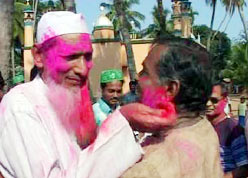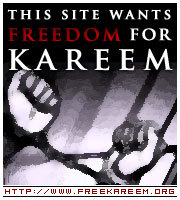Outsourcing: Now Printing Moolah for the World!
The outsourcing bug has truly bitten us if the latest outsourcing idea is anything to go by. Now we want to print the currency notes of the nations of the world! Till today whatever we have done in the field of outsourcing we have done it as good as the first world would have done. But in this one field I have my doubts. Going by the quality of the postage stamps, banknotes, coins, etc printed by our government printers, I think we should steer clear of this field. As someone who collected stamps a decade back, I can vouch for the quality of our government security printers. It sucks!
India may soon be the popular choice of several nations as a printer of currency. It produces the largest volume of bank notes in the world, at a third of the cost of production of established leaders. Therefore, the government is exploring tie-ups in this lucrative market, by asking some of the large currency-printing companies in Europe and the US to outsource their currency note manufacturing functions to India.
The proposal would be based on the platform provided by the recently-set up Security Printing and Minting Corporation of India. The company has a capital base of Rs 3,700 crore and has the ability to serve this rapidly-growing international market for currency notes and coins, feel sources associated with the project.
The government has already held discussions with some big banners who have shown keen interest in sourcing some key operations from here. Apart from working on lower costs, the new public sector company also has a highly-trained work force that can churn out notes and coins with advanced security features. [ET]









